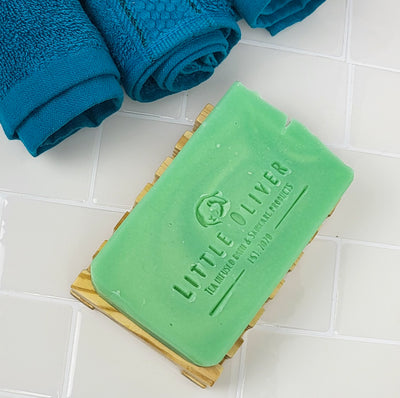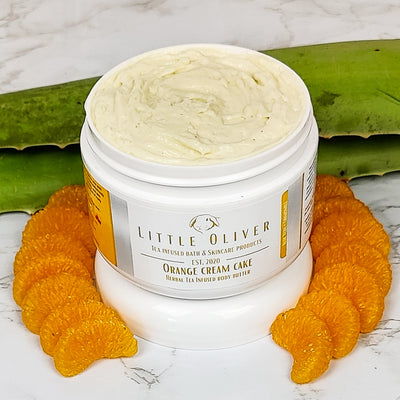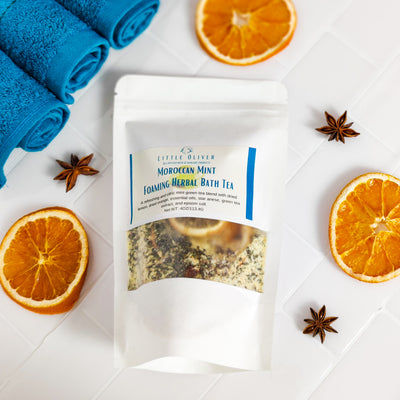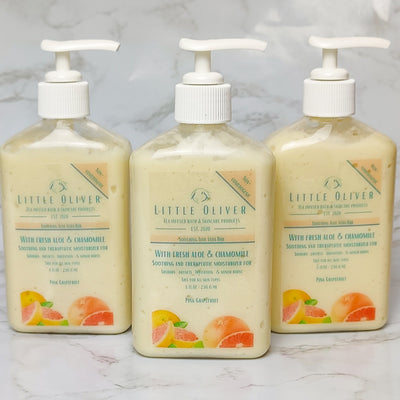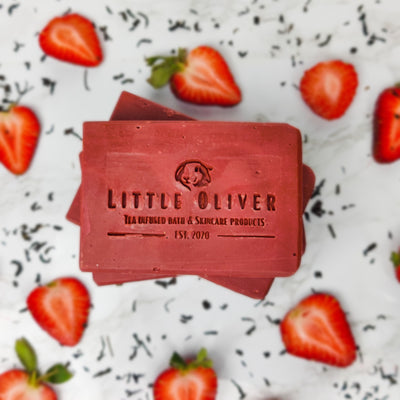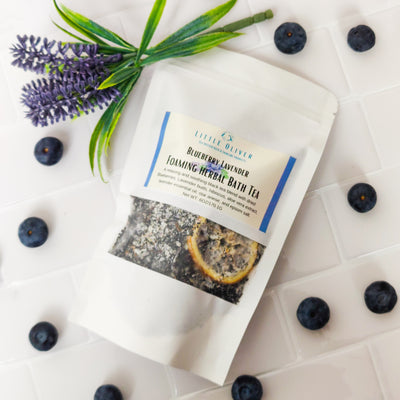Healing herbs in the Bible: and their use in modern skin care
Posted by Lance Hunter on
There is a storied history behind the many herbs that we consume in cultures all over the world today. To put into perspective just how long the herbs that we are familiar with today have been utilized throughout human history, consider the fact that many of them were mentioned in the Bible and played a major role in ancient jewish cultural and religious customs. Although the collection of books and letters that make up the holy bible span back thousands of years, many themes and practices in the Bible are still incredibly relevant to modern culture, and this includes the use of various herbs in every day life for their medicinal and healing benefits.
In this blog, we will take a closer look at a few herbs mentioned in the Bible. We will explore the unique properties of each herb, the bible pasages that mention them, and compare their historical use to how they are still used today in cosmetics and skincare products.

1. Hyssop
Hyssop is a garden shrub in the mint family native to Southern Europe and the Middle East. It has a bright appearance, a sweet earthy scent, and bitter taste. Historically it was brewed in tea and sweetened with honey as a medicinal treatment for stomach ulcers and intestinal problems.
In the old testament Bible the hyssop plant was often mentioned as a tool for cleansing rituals. It was associated with the theme of spiritual cleansing, purification, and absolution from sin.
In Leviticus we saw hyssop featured as a part of an ancient spiritual cleansing ritual for a person with leprosy to be made clean and be allowed to assemble with God's people and enter into the tabernacle. (Leviticus 14:4)
Hyssop was also mentioned in Jesus' crucifixion, when an unnamed bystander (likely a Roman soldier) fed Jesus a sponge saturated with sour wine. The sponge was attached to the end of a hyssop branch to reach his lips (John 19:28-29). This was Jesus' final act before giving up his spirit. It is fitting that the branch of hyssop used in a purification ritual that allowed a diseased person to be cleansed and brought into the tabernacle in the old testament, was also used when Christ gave his life to cleanse our spirit from the disease of sin and allow us to be brought into the promise of eternal life.
How I hyssop used today In skin care?
In a way, hyssop is still used for the purpose of cleansing in modern skin care albeit in a more literal sense. Hyssop oil has Anti-microbial properties that inhibit the growth of fungus and bacteria on the skin. These properties make it effective as a natural skin cleanser for bacterial acne. Hyssop also has wound healing properties that help to fade wound scars, acne scars, dark spots, and blemishes.

2. Frankincense and myrrh
These 2 special herbs are frequently interlinked with one another. Just like peanut butter and jelly, salt and pepper, macaroni and cheese, you don't often hear one mentioned without the other. Frankincense is a resin obtained from the Boswellia tree, commonly found in regions of Africa, India, and the Middle East while Myrrh is a resin derived from the Commiphora myrrha tree native to North Africa and the Middle East. Both aromatic resins have a rich history of use in incense, perfumes, and religious customs dating back thousands of years. Both frankincense and myrrh hold a special significance in the old and new testament Bible as staples in jewish religious culture.In the old testament, myrrh is mentioned as one of the ingredients in the sacred anointing oil used to consecrate the priests and the tabernacle. The isrealites were commanded to consider this anointing oil sacred and holy and the recreation of this oil to be forbidden. It was to be strictly reserved for the priests. (Exodus 30: 22-30). Frankincense was also mentioned as one third of the ingredients that comprised the sacred and holy incense to be used only in the tabernacle. (Exodus 30: 34-38).
In the new testament, frankincense and myrrh are featured prominently in the story of the birth of Jesus. In the gospel of Matthew, frankincense and myrrh are 2 of the 3 gifts brought by the wise men to Jesus some time after his birth. This can be interpreted as a symbolic offering and a nod to Jesus' royal and devine status. (Matthew 2: 7-12)
Just as it appeared in the story of His birth, Myrrh was also mentioned in the story of Jesus' crucifixion. In the gosphel of John, Myrrh is one of the substances used in the embalming of Jesus' body after his death on the cross. Myrrh and aloes were brought by Nicodemus, a prominent and wealthy member of the sanhedrin, to wrap Jesus' body in before burial in accordance with jewish burial customs (John 19: 38-42). Myrrh was likely used in Jesus' burial for its preservative properties and as a fragrant element to mask the smell of death. Myrrh was quite pricey, so for it to be donated by Nicodemus is a nod to Jesus' status and importance to his followers. The use of Myrh hilights jewish cultural customs as well as the religious and spiritual significance of Jesus' death.
How is frankincense and myrrh used today?
Much like in ancient times, frankincense and myrrh continue to be used for their fragrant scents in perfumes, soaps, skincare products, candles, and aroma therapy oils. Fondness for it grows around Christmas time as a commemorative part of celebrating the birth of Christ. The soothing effect of frankincense and myrrh in candles and aroma therapy also transfers to topical use on the skin. Both herbs are known to have skin soothing anti-inflammatory properties for irritating skin conditions like eczema and psoriasis. Frankincense oil shows to have the ability to minimize the formation and appearance of scars tissue.
Share this post
- Tags: herbal skin care

